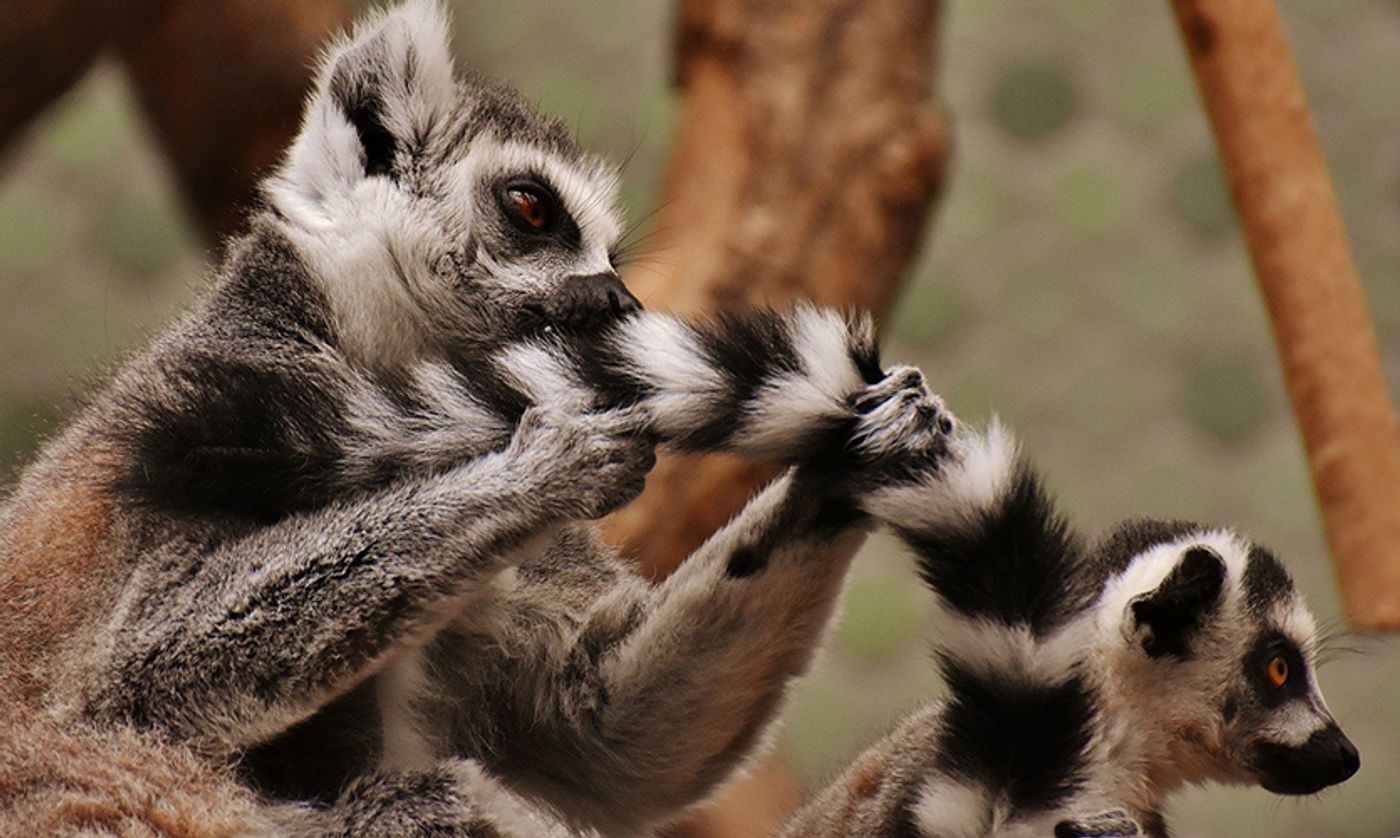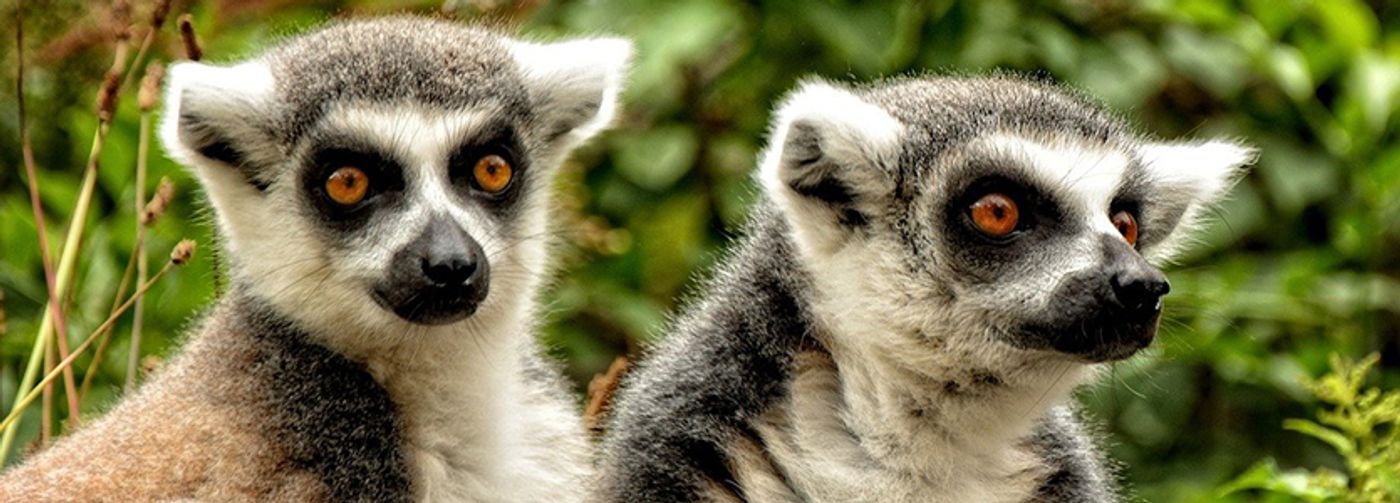What can Lemurs Teach us About Love?
Although not entirely accurate, romantic sentiments such as "you're my lobster" or "you're my penguin" incite imagery of long-term, monogamous love. New research from the Duke Lemur Center reveals whether the phrase "you're my lemur" holds up to human ideals of monogamy and demonstrates that the mechanisms behind monogamous love are not that simple.
According to an article from the Duke Lemur Center (DLC), in addition to humans, other mammals that form long-term bonds with a single mate include bats, wolves, foxes, and more. However, new research demonstrates that the brain mechanisms responsible for these social pairings differ throughout species. According to the DLC, monogamy is a mystery to biologists because it is rare in many animal groups. They estimate that only 3 to 5% of mammal species demonstrate monogamous relationships. As Nicholas Grebe—lead author and postdoctoral associate at Duke University—states, "It's an uncommon arrangement."
The new study was published last week in Scientific Reports. According to the DLC, the study's goal was to compare monogamous and promiscuous closely-related lemur species. The study reports that red-bellied and mongoose lemurs are two of the few lemur species in which male and female partners form long-term bonds. The DLC states that the bonded pairs spend their time grooming and huddling together with their tails wrapped around each other. They estimate that couples of these species can spend one-third of their life with a mate, compared to many of their close relatives that do not form these long-term bonds and switch mates more frequently.
The Duke Lemur center reports that prior research on rodents revealed two hormones, nicknamed "cuddle chemicals," are released during mating, and how these hormones impact the brain determines relationship length. Researchers have wondered if humans have similar "cuddle chemicals." Thus, research was conducted on lemurs since they are distant primate relatives and a better genetic match to humans than rodents.
Researchers used brain imaging to match for "cuddle chemical" (oxytocin and vasopressin) binding sites in 12 lemurs representing seven species, both monogamous and promiscuous. The brain images revealed "noticeable differences in the density and distribution of hormone receptors," meaning that oxytocin and vasopressin act on different parts of lemur brains. Additionally, the DLC reports that the scientists found "few consistent differences between monogamous species and promiscuous ones." Grebe states, "We don't see evidence of a pair-bond circuit akin to that found in rodent brains."
Because of the striking differences between rodents and lemurs, scientists caution humans not to draw such simple conclusions about monogamy's brain mechanisms. Grebe comments that ecological factors may also impact these long-term pair bonds in addition to brain chemicals. He states, "There are probably a number of different ways through which monogamy is instantiated within the brain, and it depends on what animals we're looking at. There's more going on than we originally thought."
Source: Duke Lemur Center, Scientific Reports










